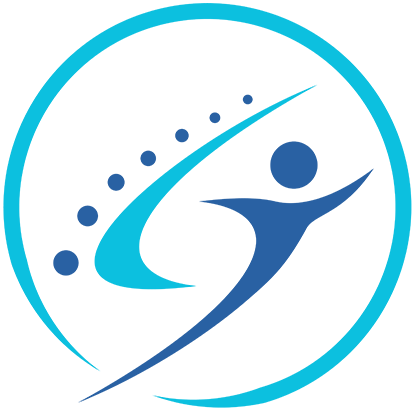Head pain can be more than just a headache—it can stem from muscle tension, concussions, or jaw dysfunctions. Physiotherapy offers effective, non-invasive treatments to manage these issues and restore normal function.
How Physiotherapy Helps with Head Pain
1. Headaches
Chronic headaches, including tension headaches and migraines, often result from poor posture, stress, or tight neck muscles. Physiotherapists address these by:
- Manual therapy – Gentle techniques release muscle tightness around the head and neck.
- Postural correction – Helps reduce strain that triggers headaches.
- Relaxation techniques – Breathing exercises and guided movements ease tension.
2. Concussion Recovery
A concussion affects the brain and can lead to dizziness, headaches, and sensitivity to light. Physiotherapy plays a key role in recovery by:
- Vestibular therapy – Treats dizziness and balance issues.
- Neck mobility exercises – Reduces post-concussion headaches.
- Gradual return-to-activity programs – Ensures a safe recovery without triggering symptoms.
3. Jaw-Related Head Pain (TMJ Dysfunction)
Jaw misalignment or excessive clenching can cause head pain and discomfort. Physiotherapy techniques for TMJ include:
- Soft tissue release – Relaxes tense jaw muscles.
- Joint mobilization – Improves jaw movement and function.
- Lifestyle guidance – Helps reduce habits that worsen head pain, like grinding teeth.
When to See a Physiotherapist
If you experience persistent head pain, dizziness, or jaw discomfort, a physiotherapist can identify the root cause and create a personalized treatment plan. Early intervention leads to better recovery and long-term relief.
For expert care, contact Ace Physio today.
FAQs
Physiotherapy for head injury patients focuses on restoring mobility, reducing pain, and improving balance and coordination. It includes exercises, manual therapy, and vestibular rehabilitation to aid recovery.
A physiotherapist treats headaches by addressing muscle tension, poor posture, and joint dysfunction through manual therapy, exercises, and relaxation techniques. They also provide posture correction and ergonomic advice to prevent recurrence.
Physiotherapists use manual therapy, targeted exercises, and pain management techniques to promote healing and restore function. They also provide rehabilitation programs to prevent future injuries.
Over-the-counter painkillers like ibuprofen or paracetamol are commonly used for headache relief. However, physiotherapy can help address the root cause of chronic headaches for long-term relief.
Physiotherapists use a combination of hands-on techniques, therapeutic exercises, and modalities like heat, ice, or ultrasound therapy to relieve pain and improve movement. They also provide education on posture and ergonomics to prevent recurrence.
It’s best to see a physiotherapist as soon as possible after an injury, ideally within 48 hours if there is pain or limited movement. Early intervention speeds up recovery and prevents complications.
The best therapy for brain injury depends on the severity but often includes physiotherapy, occupational therapy, and cognitive rehabilitation. Physiotherapy focuses on restoring physical function, balance, and coordination.
A physiotherapist helps head injury patients regain mobility, reduce headaches, and improve balance and coordination. They work closely with other healthcare providers to ensure a comprehensive recovery plan.
Physiotherapy targets key muscle trigger points in the neck, shoulders, and jaw to relieve tension headaches. Techniques like manual therapy, stretching, and postural correction help reduce headache frequency and intensity.
The best way to treat a head injury is immediate rest, medical evaluation, and symptom management. Physiotherapy plays a key role in rehabilitation by addressing dizziness, headaches, and mobility issues.
Physiotherapy for brain injury focuses on improving movement, balance, coordination, and strength. It includes exercises, gait training, and vestibular therapy to aid neurological recovery.
A head physiotherapist specializes in treating head-related conditions, including headaches, concussions, and jaw pain. They use manual therapy, exercises, and relaxation techniques to improve function and reduce pain.
Yes, physiotherapy can effectively treat head pain caused by muscle tension, concussions, or jaw dysfunction. Techniques like manual therapy, posture correction, and relaxation exercises provide long-term relief.
Managing a head injury patient involves rest, monitoring symptoms, and seeking medical attention if needed. Physiotherapy helps in recovery by addressing headaches, dizziness, and mobility issues.
Physical therapy improves mobility, strength, and balance, helping brain injury patients regain independence. It also reduces complications like muscle stiffness and dizziness, promoting faster recovery.









